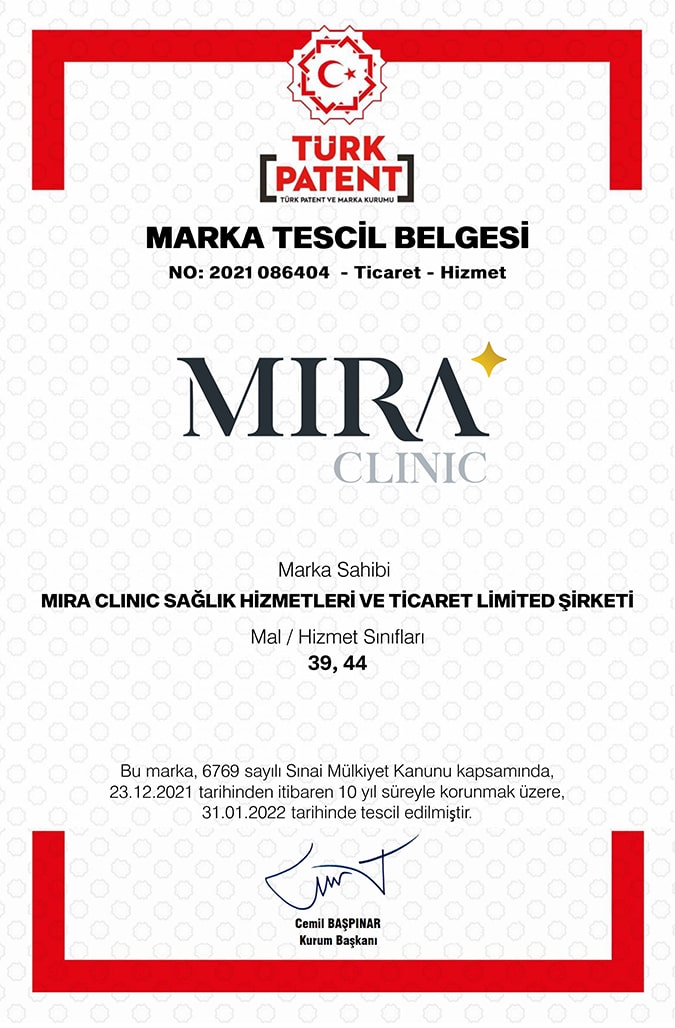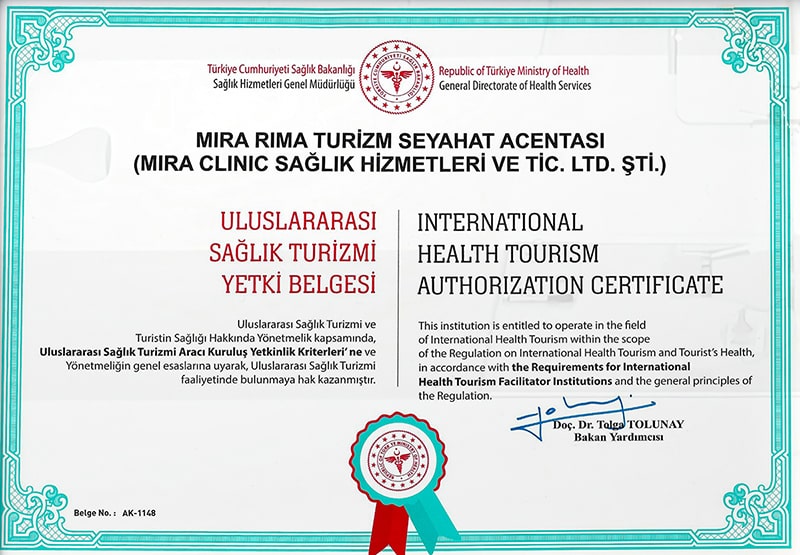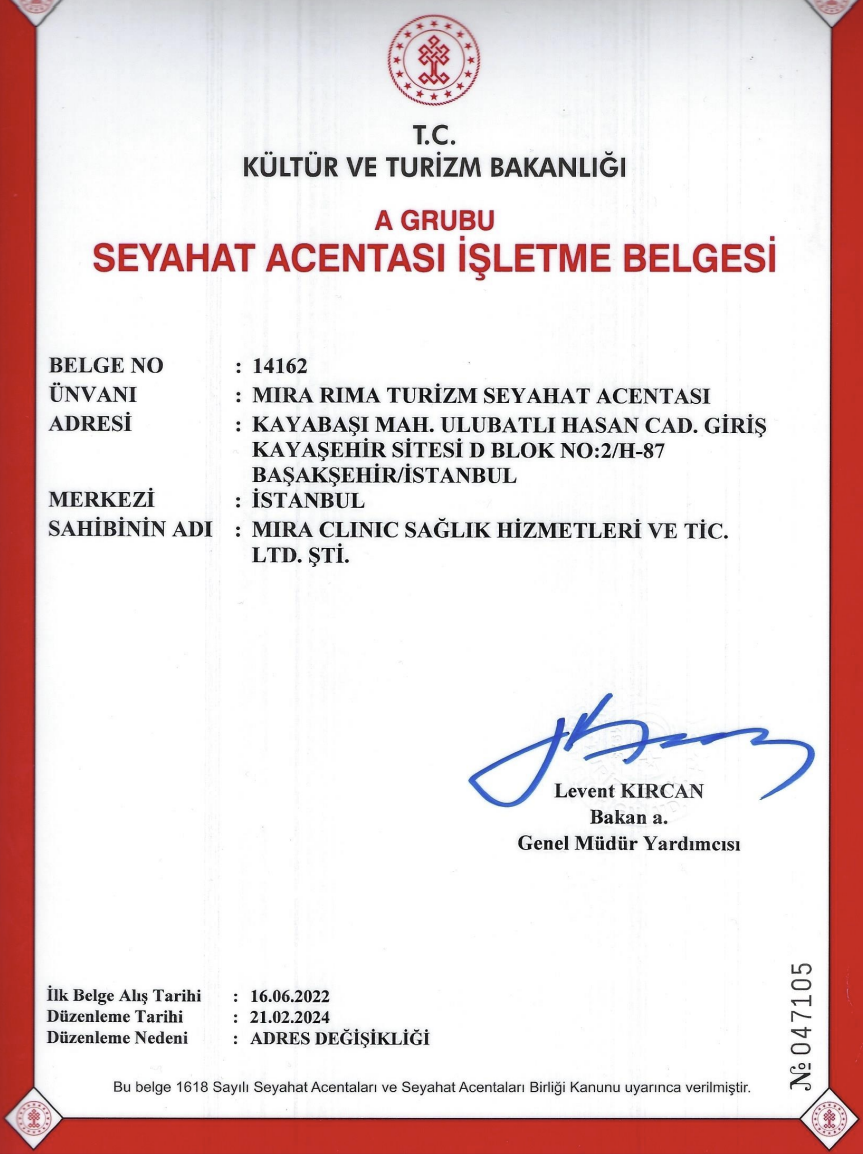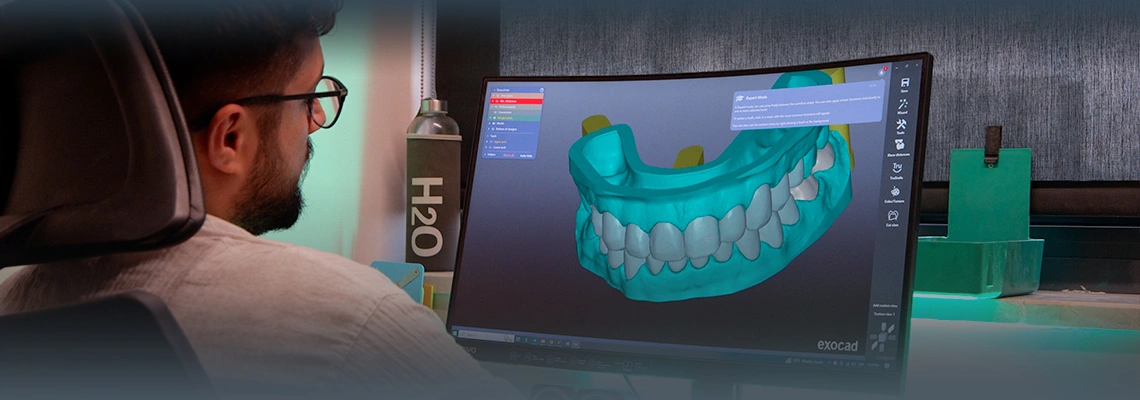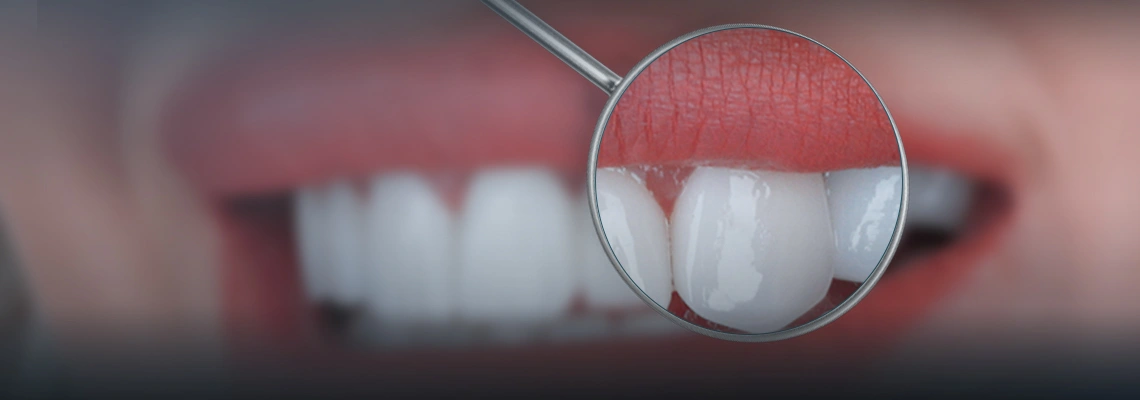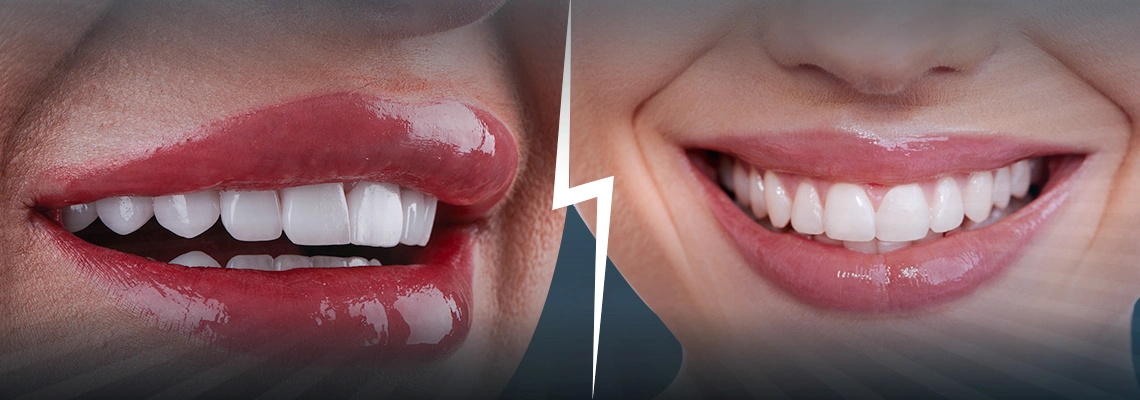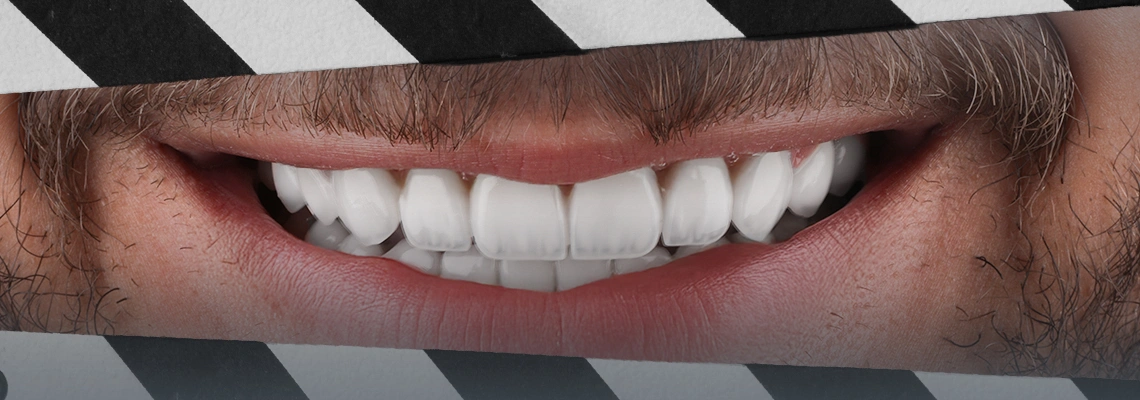Gum infection is a severe infection that affects the gums and causes damage to the soft tissue around the teeth. If this inflammation is not treated, it can destroy the bones that support the teeth, leading to tooth loosening or loss.
Table of contents:
Types of gum infection
Gingivitis
Gingivitis is the mildest form of gum disease. It causes the gums to become red, swollen, and bleed easily. There is usually little or no discomfort at this stage. Fortunately, gingivitis can be treated with professional treatment and good oral care at home.
Periodontitis
Gingivitis can develop into periodontitis over time. Plaque can spread and grow below the gum line. The toxins produced by the bacteria in plaque irritate the gums and stimulate a chronic inflammatory response, damaging the tissues and bones that support the teeth. Pockets form between the teeth and gums, and as the disease progresses, the teeth can become loose and may fall out or need to be removed. The diagnosis of periodontitis is usually classified by stage and grade.
Related articles:
Gum infection symptoms
The symptoms of Gum infection may include the following:
- Gum swelling: You may notice swelling in the affected gums. The node may be limited to a specific area or cover a larger area of the gums.
- Gum color change: The affected gums may become light red, dark red, or dark purple.
- Gum bleeding: The gums may bleed easily when brushing the teeth or using dental floss.
- Pain: The person may feel pain in the affected gums during touch or chewing.
- Bad breath: The person may have persistent bad breath, even after teeth cleaning.
- Receding in the gums: where the gums pull away from the teeth and reveal parts of the roots, which makes the teeth look longer and makes the teeth loose too.
Gum infection causes
Gum recession may occur, where the gums pull away from the teeth and expose parts of the roots, making the teeth look longer and also making the teeth loose. Causes of Gum infection: In most cases, the development of Gum infection begins with the formation of dental plaque, also known as plaque. Plaque is a sticky film that consists mainly of bacteria. If plaque is not treated, here is how it develops into Gum infection:
-
Plaque forms on the teeth when starches and sugars in food react with bacteria naturally present in the mouth. Brushing your teeth twice a day and using dental floss once a day helps remove plaque, but it quickly accumulates again.
-
Plaque may harden under the gum line and turn into tartar if left on the teeth without treatment. Tartar is a hard deposit that is difficult to remove. You cannot remove tartar by brushing and flossing, but you need a specialized tooth cleaning to remove it. And because plaque and tartar contain bacteria, the longer they stay on the teeth, the more damage they can cause.
-
Plaque can lead to gingivitis, the simplest form of gum disease. Gingivitis is characterized by irritation and swelling in the gum tissues surrounding the bases of the teeth. Gingivitis can be eliminated by specialized treatment and good oral care at home if treated early.
-
The continued irritation and swelling in the gums can lead to periodontal disease. This eventually leads to deep pockets between the gums and teeth. These pockets are filled with plaque, tartar, and bacteria and deepen over time. If this deep infection is not treated, it may damage the tissues and bones. This may cause one or more teeth to be lost. In addition, chronic inflammation can stress the immune system, causing other health problems.
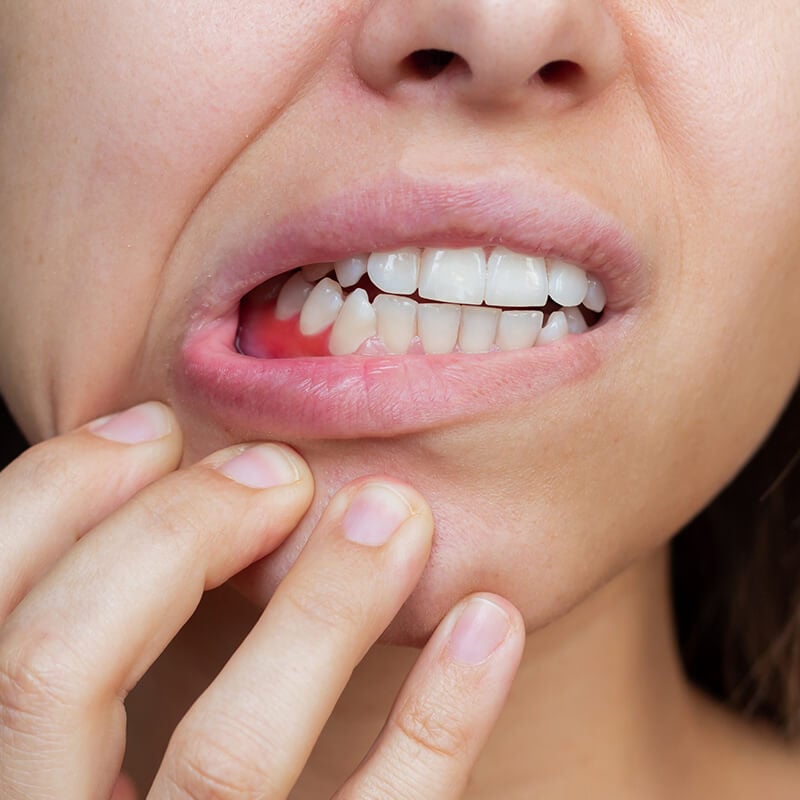
Gum infection treatment
The treatment aims to clean the pockets around the teeth well and protect the surrounding gum tissues and bones from damage.
Non-surgical treatments
If the condition of Gum infection is not advanced, the following medical procedures can be done:
-
Exfoliation: exfoliation removes tartar and bacteria from the surfaces of the teeth and under the gum line
-
Root planing: Root planing smoothes the root surfaces and helps prevent the accumulation of more tartar and bacteria, as well as helps the gums to reattach to the teeth.
-
Antibiotics: Topical or oral antibiotics can help control bacterial infection. Topical antibiotics may include mouthwash with an antibiotic or gel containing an antibiotic placed in gum pockets, or antibiotics may be taken orally.
Surgical treatments
Advanced gum infection requires surgical procedures that include the following:
-
Flap surgery. She was also known for pocket reduction surgery. This procedure allows the reshaping of the underlying bone before stitching the gum tissue back in place.
-
Soft tissue grafts. When some gum tissue is damaged, the gum line recedes, exposing some of the tooth roots. You may need to strengthen the damaged tissue by removing a small piece of tissue from the roof of your mouth or using tissue from an external donor and implanting it in the affected area.
-
Bone grafts. Doctors resort to this procedure when Gum infection damages the bones surrounding the tooth roots. The graft may be made from small pieces of your bones, or synthetic bones may be made or taken from a donor. Bone grafting helps stabilize the teeth and allows the original bones to grow again.
-
Guided tissue regeneration. When your dentist places a particular fabric between the existing bones and teeth, this procedure helps the bones destroyed by bacteria grow again.
-
Tissue-stimulating proteins. A special gel is placed on the affected tooth roots, where this gel contains the same proteins found in tooth enamel and stimulates bone and tissue growth.
How to prevent gum disease?
Gum disease results from the accumulation of deposits on the teeth, so if you do not remove plaque by brushing your teeth and cleaning between them regularly, it accumulates and irritates your gums. To prevent gum disease, you should do the following:
-
Brush your teeth with fluoride toothpaste twice a day at least, and be careful not to rinse your teeth after brushing but spit.
-
Clean between your teeth daily using floss or an interdental brush.
-
Replace your toothbrush every 1-3 months.
-
Visit your dentist and dental health specialist for regular check-ups, especially if you have type 2 diabetes.
-
Avoid smoking.
-
Do not use mouthwash immediately after cleaning your teeth.
Gum infection pictures
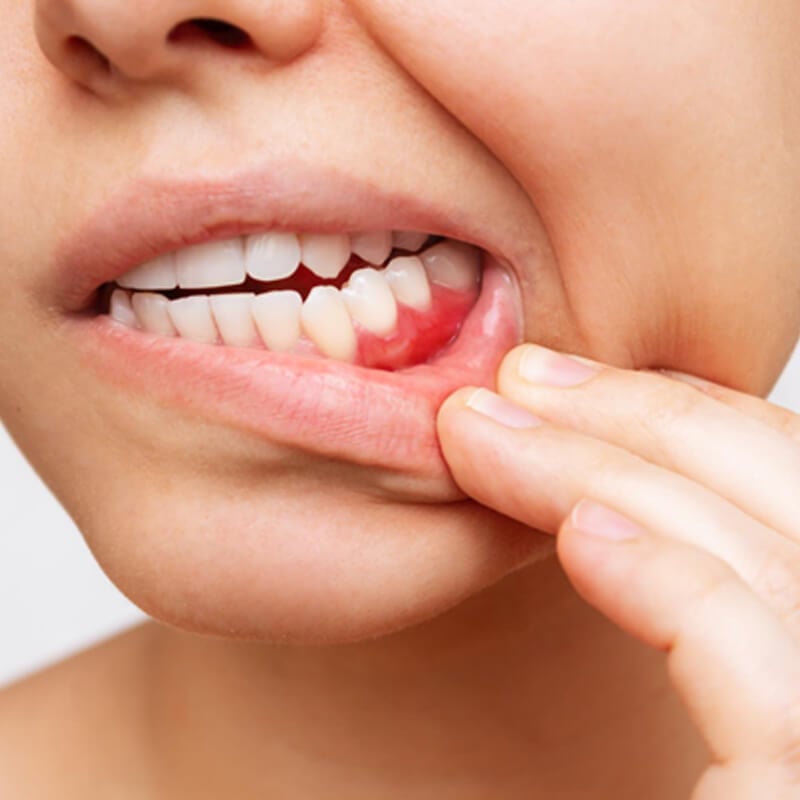
Sources:
- Gum disease
- https://www.nhs.uk/conditions/gum-disease/
- Periodontitis
- https://www.mayoclinic.org/ar/diseases-conditions/periodontitis/symptoms-causes/syc-20354473
- Treatment and causes
- https://www.mayoclinic.org/ar/diseases-conditions/periodontitis/diagnosis-treatment/drc-20354479
- Gum Disease Information
- https://www.perio.org/for-patients/gum-disease-information/
